ith 90% of the searchers checking the search results for products or businesses, improving your local SEO can be beneficial. Especially, when traffic and making money are involved. To help you achieve this, we have a quick-to-digest local SEO checklist, which contains 27 points, and 3 important sections such as on-page, off-page, and technical aspects.
By implementing these steps, you are ensured to provide a better user experience to both existing and newly coming visitors, thus enhancing your probability of ranking higher.
Local SEO Checklist for 2024
On-Page SEO Elements
When executing a local SEO strategy, it is best to begin with the on-page SEO. It ensures that visitors will receive quality content that answers specific questions to their queries. To execute your Local SEO strategy properly you will need to focus on:
1. Local SEO keywords Research – Start searching for local keywords, which your target local community is using to find relevant information or businesses to visit. Once you get relevant to your query results, filter the DA/DR scores to be under your domain scores. Then match it with the top-ranking domains. If domains with low scores are ranking, you have more chances to snatch a top spot.

2. Optimizing for nearby areas – Every local business has an operating location. Some have more. If your business operates in more than 1 area, you can optimize for multiple locations. However, if you have a small business, that is just starting, create pages for multiple areas and addresses, near your current store location. This will ensure that nearby searchers will be able to find your business properly.
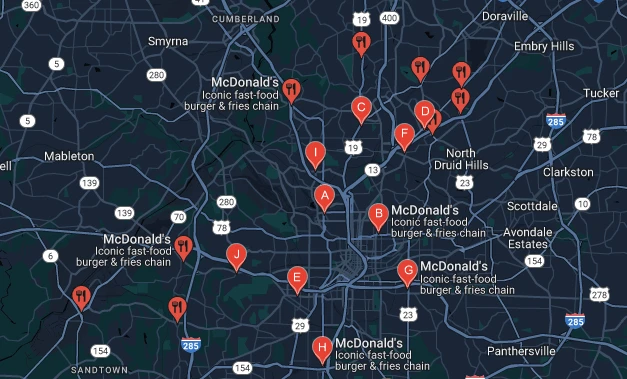
3. Leverage blog content – Creating content that answers your user’s needs can be beneficial and rank you additionally for many queries. Tailored with interlinking, this can help build a funnel, leading customers directly to your outlet, or resulting in online purchases.
4. Create Video Content – Video content has become an outstanding way of ranking, and establishing a brand identity. It’s easier to rank on YouTube and helps visitors to make searches, which will often include your brand. A great way to start with local video content is by utilizing short content. Videos that are less than 30 seconds can provide users with enough information to research you further or make a purchase decision.
5. Website Structure – Choosing a proper and tidy website structure for your local business can improve navigating through pages. It’s a powerful technique, which helps you structure your pages properly, and set them between relevant categories.
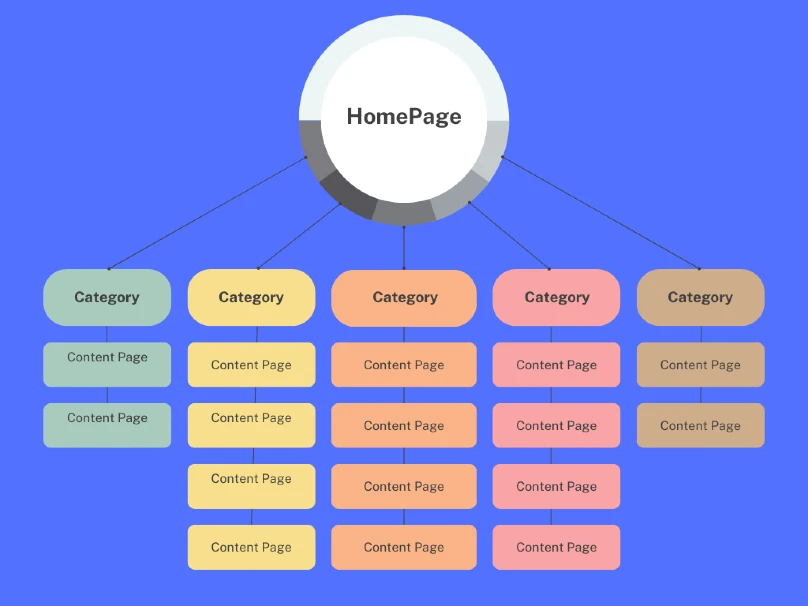
6. Optimize URLs – Optimizing URLs is an efficient, but less-rewarding strategy. It consists of including your target keyword and local area inside the URL address. For example, if “Plumbing services in Ohio GA” is a great slug name. It helps both users and search engines understand that the page is about a certain query with local intent.
7. Keyword-Rich Page Titles – Having your title set properly is like the URL. You need to include your main keyword and target area. However, it needs to sound natural and help local searchers understand what page they are about to visit.
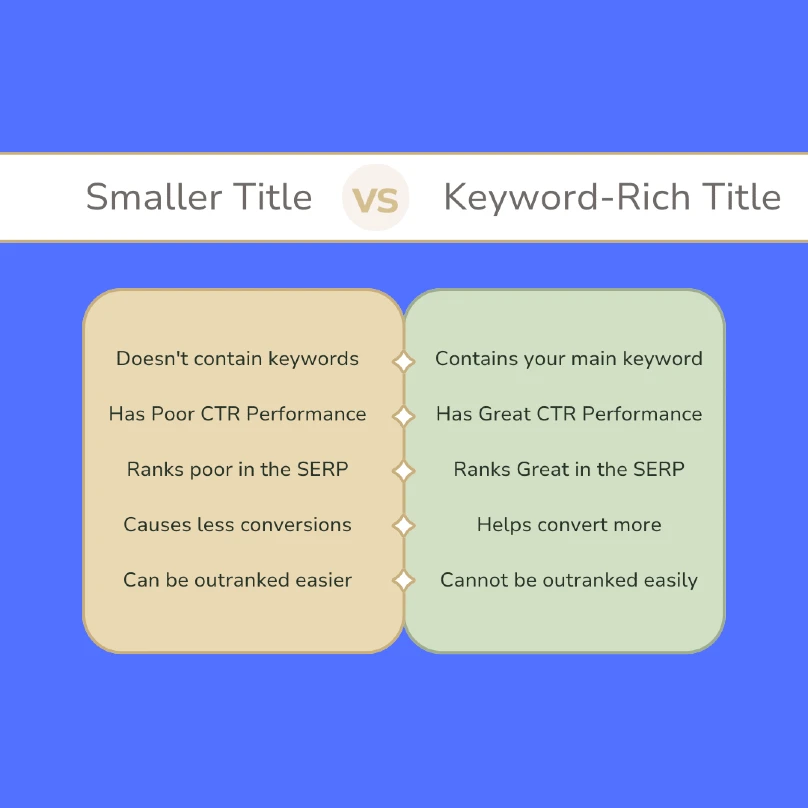
8. Utilize clusters – Using keyword clusters such as content silos, or topic clusters is a great way to structure your content. It helps navigate users to pages that expand the topic or in other words, give more information regarding their query.
9. Make use of categories – Categories are the perfect way to structure your service and area pages. It helps local customers to find the exact services offered in their area, making their journey easier.
10. Focus on About Us Pages – About Us pages help establish trust and authority in every local business. These pages should include the mission of the business, services offered by the business, and optionally information about the team.
11. Use a Call To Action (CTA) – Call to action is a great way to hook visitors, and give them more than what they are searching for. In terms of offering freebies, or discounts, users are more enticed to re-visit your website once again.
12. Optimize for Voice Searches – Voice search has been tremendously important since 2016. It helps people find anything on the internet by just asking questions with their microphones.
Off-Page SEO Elements
13. Google Business Profile – The formerly known Google My Business is a great way to create a brand strategy and get known in the local search. It’s another great feature, which offers localizing businesses, and getting on the local 3-pack search results.
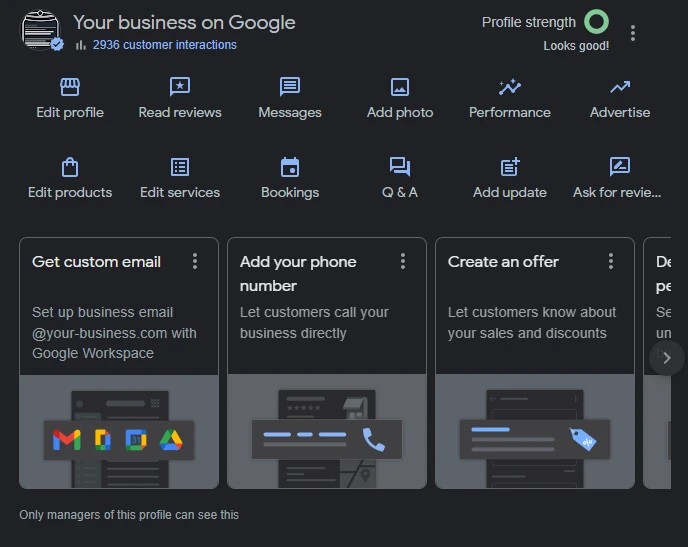
14. Bing Places – Another great business listing for local listings, where businesses can optimize their brand, and get foot traffic. While limited in features opposing to GBP, Bing Places can help any Bing users to find your business on the local maps, and ask for your services.
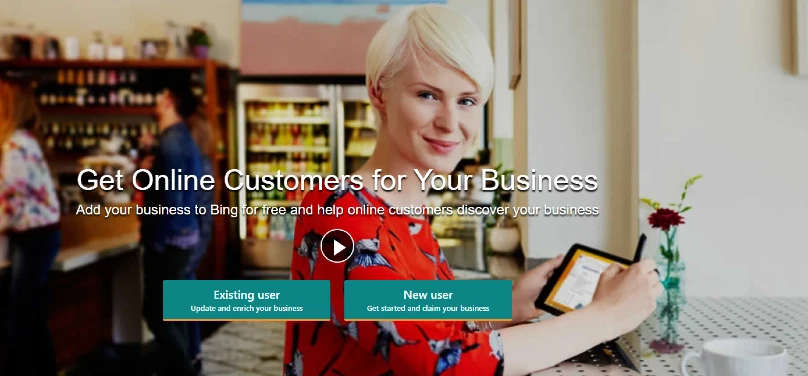
15. Business Directories – Business directories are one of the many ways to diversify link profiles and list any relevant business information. Just like the yellow books, business directories can navigate you to a business by searching categories. They are mainly generalized, meaning that you will find services from all over the world.
16. Build Citations – Citations consist of using NAP or in other words (Name, Address, and Phone number). They help build authority and establish a good link profile in terms of optimization. For local searchers, it’s a great place to find any local services or goods providers.
17. Customer Reviews & Testimonials – Testimonials and reviews are a decider when it comes to purchasing services or products from businesses. Getting listed on review websites, and asking for ratings helps people make decisions if the product they are purchasing has value. In fact, it’s also a great way to optimize your strategy for proactive or reactive reputation management.

18. Backlinks – Backlinks are the sole reason for helping websites rank higher, especially for local search terms. They consist of other websites such as blogs to link back to your website, releasing more authority towards your local businesses. There are many types of backlinks, including getting such from directories, and citations, but the most powerful are received from guest posts, link insertions, digital PR, and outreach.
19. Social profiles – Social profiles are one of the most important factors to get your brand on the internet. It includes creating profiles on Social Media such as X.com (formerly known as Twitter), Facebook, and many others. Social Media profiles help with reputation management since users can easily interact with the business and receive news from posts.
20. Local PR Campaigns – Local PR campaigns are a great way to receive backlinks by reaching out to local newspapers who have established trust in their local area. A local PR campaign can help websites gain a positive reputation and establish brand awareness by informing their local audience about businesses, events, and much more.
Technical SEO Elements
21. Mobile-friendliness – Mobile friendliness is one of the critical factors if you want to rank in local searches. It requires reviewing how your website fits other mobile devices, and ensuring that any user will have a positive experience. In fact, a large proportion of local searchers use mobile devices when reviewing businesses.
22. Optimize your website for speed – Website speed is another critical factor, which is part of the E-EAT. The first letter now stands for experience, and it is created to ensure that visitors have a good experience when visiting a business online. By Google’s guidelines, a website should load in no more than 3 seconds. Researches even show that websites that take more than 3 seconds to load lose over 37% of visitors, and additionally 14% more for every other second. Optimizing your website speed can play a significant role for a better user experience, and comes at a low cost for ranking higher.
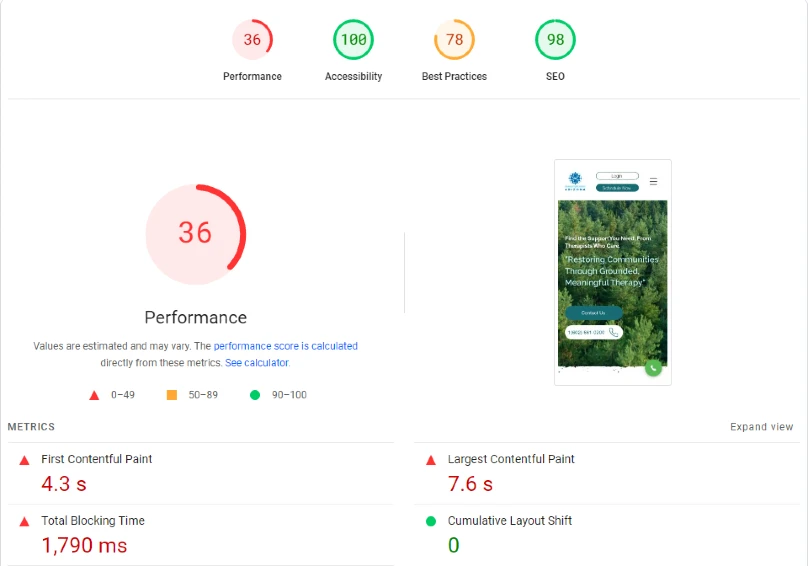
23. Add Schema Markup – Schema Markup helps business owners showcase more information on search results pages, by implementing powerful JSON-LD code. By implementing Schema, many businesses receive extra snippets under their search results links, like product suggestions, information about the business, and more. To properly implement schema, you can additionally check our guide on adding Schema Markup to pages.
24. Setup Google Search Console – Google Search Console is a great tool to perform keyword research, and find keyword variations to rank your local business higher in the local SERP. Creating your account is fairly easy, and it only requires adding TXT or DNS records. In return, you get information that concerns what keywords your business ranks, and for what positions you are competing.
25. Install Tracking Software – tracking software helps business owners or marketing agencies understand the most visited or popular pages. It gives insights into what users want to see when they visit your business. For example, if you have a giveaways page, and it gets a large amount of clicks, then people with interest in the niche, love to enter giveaways. These powerful analytics can help agencies or business owners keep visitors on a website for longer periods of time. In terms of software, it is recommended to use Google Analytics, however, you can always use other local analytics software.
26. Install Heatmaps – Heatmaps are once again helpful in distinguishing what parts of your website receive the most attention. For example, if you have a popular page, that gets visited, you might want to understand how to gain more visitors. To do that, heatmaps can help by tracking the user’s scroll and time on a particular section of the page. There are many heatmap sites available, such as HotJar, but you can also use alternative heatmaps for local SEO.
27. Add Metadata – Metadata is a great way to help search engines and other websites display your content. It consists of adding the meta information of a business such as its meta title, meta description, date of publishing, and more. By implementing metadata, Social Media websites can extract information from your website, whenever you post your website’s link, or ask Google’s bots to crawl your website.
28. Create XML SiteMap – XML sitemaps are one of the most popular ways to get your content discovered and indexed fast by search engines. It’s a structured map, that can be accessed by both visitors and bots (beneficial only to bots), and discover new content. Sitemaps can be easily created with software, or through the help of plugins for WordPress, and should be manually submitted to search engines such as Google, Bing, Baidu, and others.
